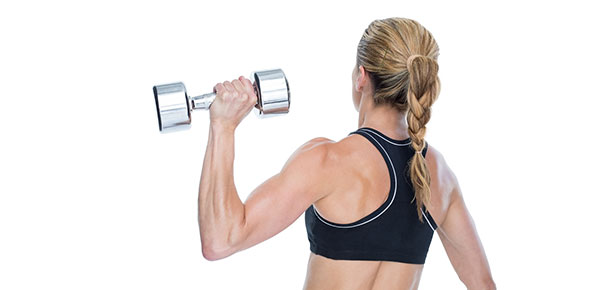Related Flashcards
Related Topics
Cards In This Set
| Front | Back |
|
Lymph is tx from lymph capillaries through successively larger lymphatic vessels called
|
Lymphatic collecting vessels
|
|
From the lymphatic collecting vessels, the lymph is returned to the venous sytem through 2 large ducts:
|
R lymphatic duct and thoracic duct
|
|
R lymphatic duct drains lymph from
|
The right arm and the right side of head and thorax
|
|
Thoracic duct drains lymph from
|
The rest of body
|
|
Both ducts empty lymph into
|
Subclavian vein on their own side of body
|
|
3 mechanisms by which lymph moves through vessels
|
Skeletal muscle "milking action," pressure changes in thorax during breathing, and smooth muscles in walls of larger lymphatics
|
|
Function of lymph nodes (2 main ideas)
|
Remove foreign material such as bacteria and tumor cells from lymphatic stream and produce lymphocytes
|
|
Shape and size of lymph nodes
|
Most are kidney-shaped and less than 1 inch
|
|
Each node is surrounded by a
|
Fibrous capsule
|
|
Strands that extend inward to divide the node into a number of compartments are called:
|
Trabeculae
|
|
The cortex of the node contains collections of lymphocytes called
|
Follicles
|
|
Many follicles (in node) have dark-staining centers called
|
Germinal centers = they enlarge when specific lymphocytes (B cells) are generating daughter cells called plasma cells, which release antibodies
|
|
What cells circulate continuously performing their surveillance role
|
T cells
|
|
Phagocytic macrophages are located in the
|
Central medulla of lymph node
|
|
Common feature in all lymphoid organs
|
Predominance of reticular connective tissue and lymphocytes
|




